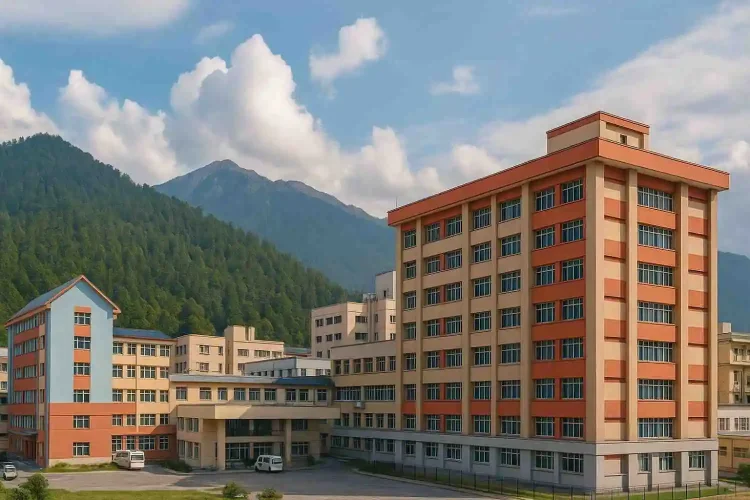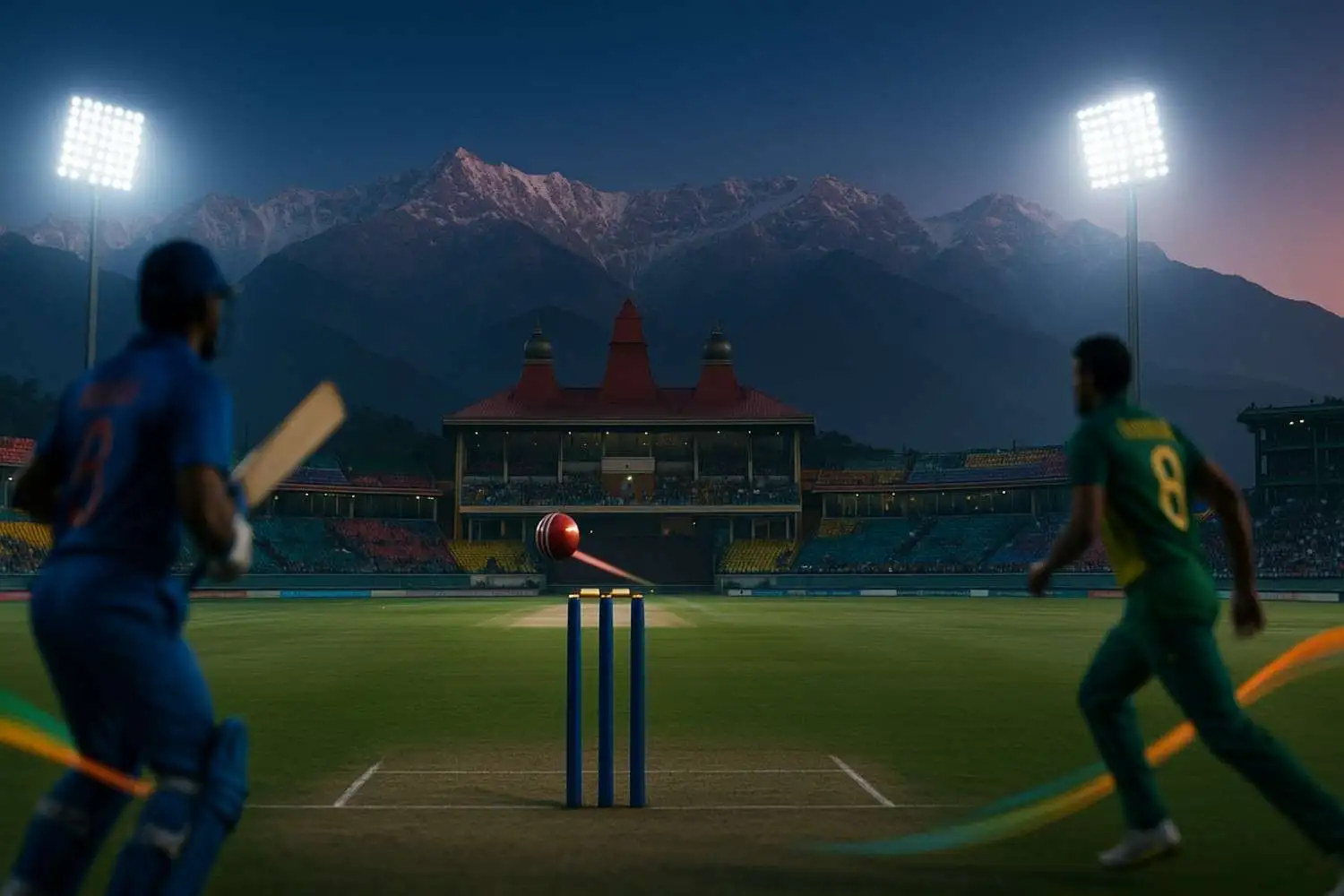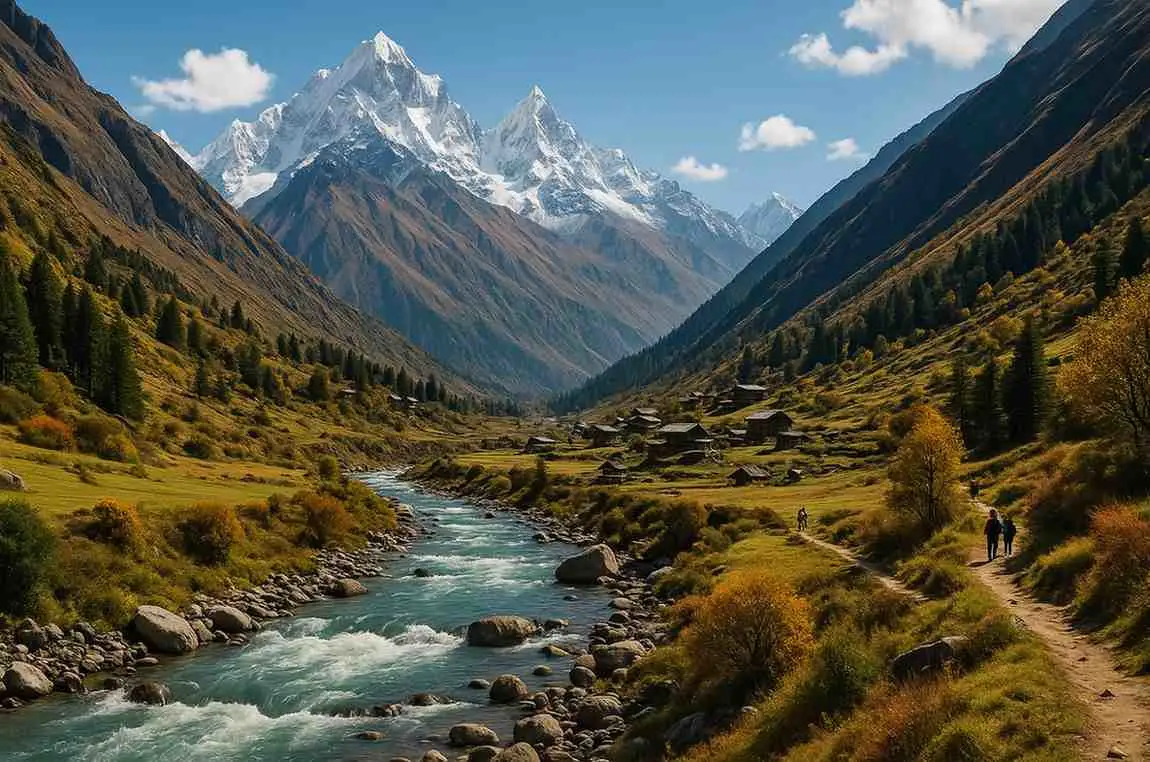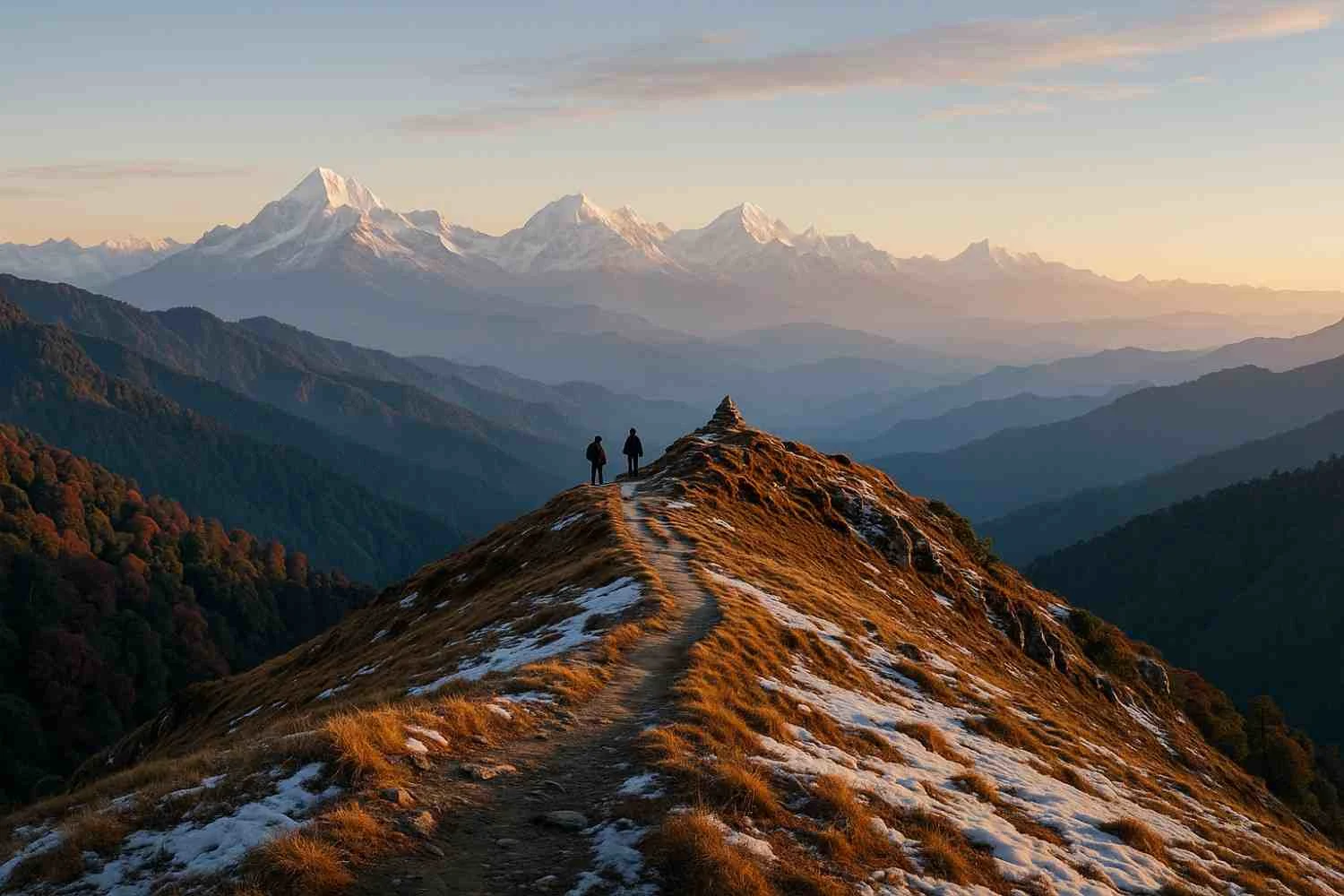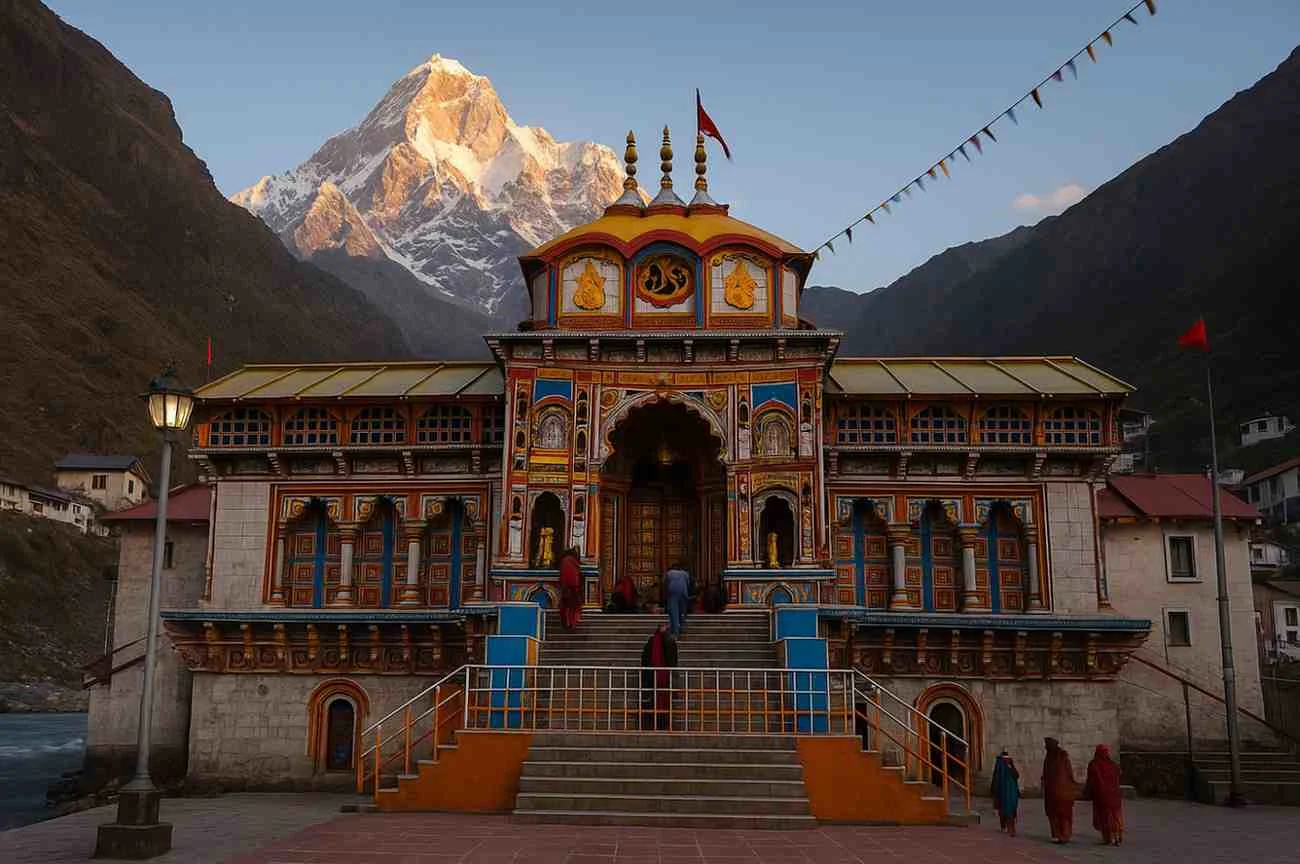Himachal Pradesh, known for its scenic mountains, is also home to a growing healthcare network. Given the hilly terrain, hospitals play a vital role in providing accessible healthcare to people in both urban and rural areas. The state has a mix of government hospitals, private facilities, and specialty centers offering quality treatment.
This blog will guide you through the Top 20 Hospitals in Himachal Pradesh, including their specialties, facilities, and why they matter.
Why Choosing the Right Hospital Matters
When it comes to health, the right choice can save lives. Here’s what to consider:
✅ Quality of Treatment & Infrastructure – Advanced technology, ICUs, and modern labs.
✅ Specialist Availability – Access to expert doctors in cardiology, neurology, orthopedics, etc.
✅ Emergency & Trauma Services – Critical in accident-prone hill areas.
✅ Affordability & Insurance – Schemes like Ayushman Bharat and Himcare ease expenses.
✅ Accessibility – Hospitals near highways or city centers reduce emergency delays.
Quick Reference Table – Top 20 Hospitals
| Hospital Name | Location | Type | Key Specialties |
| Indira Gandhi Medical College (IGMC) | Shimla | Government | Cardiology, Neurology, Trauma, Surgery |
| Dr. Rajendra Prasad Govt. Medical College (Tanda) | Kangra | Government | Oncology, Cardiology, Emergency Care |
| Zonal Hospital | Dharamshala | Government | General Medicine, Surgery, Pediatrics |
| Fortis Hospital | Kangra | Private | Cardiology, Orthopedics, Nephrology, ICU |
| Deen Dayal Upadhyaya Hospital (DDU | Shimla | Government | Internal Medicine, Pediatrics, Surgery |
| Zonal Hospital | Mandi | Government | Trauma, Obstetrics, Pediatrics |
| Shree Balaji Hospital | Kangra | Private | Orthopedics, Neurology, Gynecology |
| Regional Hospital | Solan | Government | Pediatrics, Orthopedics, Surgery |
| Civil Hospital | Palampur | Government | General Medicine, Maternity Care |
| Regional Cancer Centre | Tanda | Specialty | Chemotherapy, Radiotherapy |
| Civil Hospital | Kullu | Government | Surgery, Pediatrics, Trauma Care |
| Lord Mahavira Ashray Hospital | Hamirpur | Private | Gynecology, Orthopedics, Cardiology |
| Regional Hospital | Chamba | Government | General Medicine, Pediatrics, Surgery |
| Civil Hospital | Una | Government | Trauma, Pediatrics, Surgery |
| Ayurvedic Hospital | Jogindernagar | Specialty | Panchakarma, Ayurveda Treatments |
| Military Hospital | Yol Cantt, Dharamshala | Specialty | Emergency, Surgery (For Armed Forces) |
| Regional Hospital | Bilaspur | Government | Pediatrics, Surgery, Orthopedics |
| City Hospital | Shimla | Private | Cardiology, Neurology, Orthopedics |
| Civil Hospital | Rampur | Government | Surgery, Trauma, Maternity Care |
| Regional Hospital | Kinnaur | Government | General Medicine, Pediatrics, Trauma |
Category Breakdown
- 🏥 Government Hospitals – Affordable, widely spread (IGMC Shimla, Tanda Medical College, Zonal/District hospitals).
- 🏥 Private Hospitals – Better infrastructure & quick service (Fortis Kangra, Shree Balaji, City Hospital Shimla).
- 🏥 Specialty Hospitals – Focused care in cancer, Ayurveda, or armed forces facilities.
Healthcare Services Offered
The top hospitals in Himachal Pradesh provide:
- General medicine & surgery
- Cardiology, neurology & nephrology
- Orthopedics & trauma care
- Pediatrics & maternity services
- Critical care (ICUs, NICUs)
- Oncology & dialysis care
Government vs. Private Hospitals
- Government Hospitals – Budget-friendly, widespread, but longer waiting times.
- Private Hospitals – Modern equipment, faster services, but higher costs.
- Choosing Wisely – For emergencies, go nearest. For planned treatments, compare specialties, costs, and insurance acceptance.
Healthcare Schemes in Himachal Pradesh
- Ayushman Bharat (PM-JAY): Covers up to ₹5 lakh per family annually.
- Himcare Scheme: State-run, ensuring free/discounted treatments.
- Private Empanelments: Fortis Kangra and others accept these schemes.
Tips for Patients & Families
- Check hospital facilities and specialties before admission.
- Always consult with doctors and read reviews.
- Keep emergency contacts and ambulance numbers ready.
- Confirm insurance coverage in advance.
Conclusion
From IGMC Shimla to Fortis Kangra, Himachal Pradesh has built a strong healthcare network. Whether you’re looking for affordable government hospitals or private multi-specialty facilities, the state ensures care across hilly regions.
With continuous improvements, healthcare is becoming more accessible even in rural and tribal areas. Choose your hospital based on specialty needs, budget, and location.
Disclaimer
This blog is for informational purposes only. While we have made every effort to provide accurate and updated details about hospitals in Himachal Pradesh, facilities and services may change over time. Readers are advised to directly contact the hospitals for the latest information before making any healthcare decisions.
FAQs
Where is Tashi Jong Monastery located?
In Tashi Jong village, near Palampur, Kangra District, Himachal Pradesh, India.
How far is Tashi Jong Monastery from Palampur and Dharamshala?
About 15 km from Palampur; roughly 60–65 km from Dharamshala (road-dependent).
What is the altitude of Tashi Jong Monastery?
Approximately 1,250–1,350 m above sea level (similar to Palampur’s elevation).
How can I reach Tashi Jong Monastery by road or train?
Road: Via NH-503 through Palampur/Baijnath; local turn-off to Tashi Jong.Train: Nearest major railhead is Pathankot (~120 km), then road transfer.
Is Tashi Jong Monastery open to visitors throughout the year?
Yes, year-round, subject to weather and monastery schedules.
What is the best way to reach Tashi Jong from Palampur?
Taxi is quickest; local buses also ply but are slower with more stops.
Does Tashi Jong Monastery charge any entry fee?
No, entry is generally free.
What are the visiting hours of Tashi Jong Monastery?
Typically 8 AM – 6 PM (confirm on arrival; prayer times may limit access to certain halls).
When was Tashi Jong Monastery established?
In the late 20th century.
Who founded Tashi Jong Monastery?
The Eighth Khamtrul Rinpoche is credited with its founding and guidance.
What is the historical significance of Tashi Jong Monastery?
It’s a key exile-era seat preserving Drukpa Kagyu teachings, arts, and community life.
Which Buddhist lineage or sect does Tashi Jong Monastery belong to?
Drukpa Kagyu (Kagyu tradition of Tibetan Buddhism).
What does the name “Tashi Jong” mean?
In Tibetan, “Tashi” implies auspicious, and “Jong” means fort/valley/seat—often read as “Auspicious Valley/Seat.”
What role does Tashi Jong play in Tibetan Buddhism?
It serves as a teaching, practice, and cultural center for the Drukpa Kagyu lineage.
Is Tashi Jong Monastery associated with Khamtrul Rinpoche?
Yes, it is a principal seat of the Khamtrul Rinpoche lineage
What is the architectural style of Tashi Jong Monastery?
Traditional Tibetan monastery style—tiered roofs, vivid colors, dharma symbols.
What makes the design of Tashi Jong Monastery unique?
Its harmonious setting with the Dhauladhar, intricate murals, and stupas accenting landscaped courtyards.
What can visitors see inside the monastery complex?
Prayer halls, murals, statues, chortens, prayer wheels, and quiet gardens.
Are there monks living at Tashi Jong Monastery?
Yes, it’s an active monastic community.
Does Tashi Jong have a prayer hall or meditation area open to tourists?
The main prayer hall is generally accessible to respectful visitors during open hours.
Are photography and videography allowed inside the monastery?
Outside—usually fine. Inside halls—ask permission; no flash and no disturbance.
What are the main festivals celebrated at Tashi Jong Monastery?
Losar (Tibetan New Year) and select Cham (masked dance) days, among other auspicious dates.
What cultural or religious events are held annually?
Ritual prayer ceremonies, teachings, and masked dances tied to the Tibetan lunar calendar.
What are the top things to do at Tashi Jong Monastery?
Observe prayers, explore the Khampagar complex, shop for crafts, and enjoy mountain vistas
How much time is needed to explore Tashi Jong Monastery?
1–2 hours comfortably; longer if you linger for prayers or photography.
Are guided tours available for visitors?
Formal tours are limited; ask on site—sometimes a monk or staff member may offer brief guidance.
Is there any dress code for entering the monastery?
Modest clothing covering shoulders and knees is recommended.
Are there restaurants or cafes near Tashi Jong Monastery?
Small local eateries/tea stalls may be nearby; broader options in Palampur.
What are the accommodation options near Tashi Jong?
Guesthouses and hotels in Palampur and Baijnath suit various budgets.
Is the monastery suitable for family visits?
Yes—peaceful and educational for families with respectful children.
Are toilets and basic facilities available for tourists?
Basic facilities are typically available; carry essentials and cash.
Which places can I visit near Tashi Jong Monastery?
Andretta, Baijnath Temple, Palampur Tea Gardens, Bir Billing.
How far is Tashi Jong from Andretta Artist Village?
Around 10 km.
Can I visit Baijnath Temple and Tashi Jong on the same day?
Yes—20 km apart, commonly combined.
Are there trekking routes or scenic spots near Tashi Jong?
The Kangra Valley offers gentle village walks, tea-garden strolls, and ridge viewpoints.
Is Tashi Jong close to Palampur Tea Gardens?
Yes—about 12 km.
How far is Bir Billing from Tashi Jong Monastery?
Roughly 35 km by road.
What is the best time to visit Tashi Jong Monastery?
March–June and Sep–Nov for clear views and festivals.
How is the weather in Tashi Jong throughout the year?
Pleasant spring, monsoon rains in July–Aug, clear autumn, chilly winters.
Is winter a good season to visit Tashi Jong?
Yes, if you enjoy quiet and crisp air; carry warm clothing.
When are the major festivals or prayer ceremonies held?
Around Losar and specific lunar dates; check locally for exact schedules.
What meditation or spiritual programs are offered at Tashi Jong?
Primarily monastic programs; short public teachings may occur—ask on arrival.
Can tourists participate in Buddhist prayers or rituals?
You may observe quietly; participation is limited and subject to monastery guidance.
Is there a monastery guesthouse for visitors?
Accommodation is generally external; inquire locally if any limited stays are allowed during events.
Are there any souvenir or handicraft shops inside Tashi Jong?
Yes—small craft shops often sell incense, prayer flags, art prints, and handmade items.
What rules should visitors follow at the monastery?
Silence, modest dress, no shoes in halls, no disruptive photos, and respect prayer times.
What is the daily routine of monks at Tashi Jong Monastery?
Morning/evening prayers, study, ritual practice, community chores, and personal meditation.
Is Tashi Jong Monastery eco-friendly or sustainable?
Practices tend to be low-impact, with traditional materials and careful resource use typical of monastic life.
Why is Tashi Jong Monastery famous among tourists and pilgrims?
For its serenity, authentic Tibetan culture, and Dhauladhar backdrop—a rare, unhurried atmosphere.
What is the distance between Tashi Jong and Kangra Airport?
Approximately 40 km.
How safe is Tashi Jong Monastery for solo travelers?
Generally safe; standard rural travel precautions apply.
What is the nearest bus stop or railway station to Tashi Jong?
Local buses connect via nearby villages/Palampur; major rail is Pathankot.
Can foreigners visit and stay near Tashi Jong Monastery?
Yes—foreigners can visit; stays are best arranged in Palampur/Baijnath.
What makes Tashi Jong Monastery a must-visit place in Himachal Pradesh?
Its living spiritual heritage, Tibetan artistry, and mountain calm—all within easy reach of Palampur.
